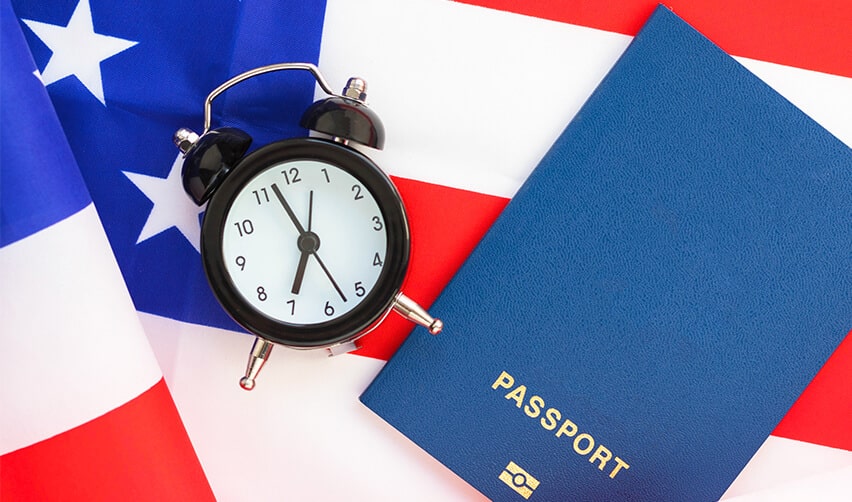Chart B Advances for EB-2 and EB-3
On September 24, 2020, the Department of State (DOS) issued the October 2020 Visa Bulletin. With this bulletin, the Chart B dates for EB-2 and EB-3 visas leapt forward. EB-2 advanced from August 15, 2009, to May 15, 2011. EB-3 advanced from February 1, 2010 to January 1, 2015. Conversely, the final action dates in Chart A advanced not by a matter of years but by a matter of months.
Many applicants drawn to EB-5 by frustration with visa retrogression in other categories, such as H1-B, may find themselves questioning their EB-5 investment. While the leap forward of the Indian final action date to “current” status in July 2020 has certainly been welcome news, EB-5 investors have several matters to consider.
The Pandemic
The COVID-19 pandemic has closed U.S. embassies and consulates around the world. It has also caused delays with USCIS. Additionally, October 1 is the start of the fiscal year, which is when the next visas become available. The pandemic’s delays and the new fiscal year may have together skewed the numbers and caused the dates to jump. There may be little movement in the next Visa Bulletins, and dates may retrogress as the world opens up and the pandemic draws to a close.
Filing Fees
In the first and second quarter of fiscal year 2020, EB-5 filing fees accounted for $1.8 billion in USCIS revenue. To file Form I-765 with their I-485 application, applicants must pay an additional fee of $490. Filing Form I-131 with an I-485 application requires an additional fee of $585.
Not a Green Card
A current Chart B date does not equate to an immigration visa in the near future. An applicant’s priority date must be listed as current in Chart A (final action date), or their EB-5 visa application will be entered into a queue. The dates in Chart A could be years away. But USCIS can only assess an investor’s visa application and determine green card eligibility when an investor’s Chart A dates are current.
Downgrading to EB-3
EB-3’s Chart B dates leapt five years forward, while the dates for EB-2 moved forward by just two years. However, in Chart A, this may create additional backlog for EB-3, as many EB-2 applicants will likely downgrade to EB-3 to take advantage of the discrepancy in dates. If the EB-2 dates then move ahead of EB-3, an applicant who downgraded from EB-2 could miss out. In downgrading to EB-3 or other categories, older children of EB-2 applicants could also potentially age out.
Children Aging Out
Parent-petitioners in the EB-2 and EB-3 programs still face a backlog and run the risk of their child aging out and not receiving their green card. USCIS does not determine a child’s immigration visa eligibility until a parent’s priority date in Chart A becomes current. An I-140 petition can, upon filing, freeze a child’s age under the age of 21, according to the Child Status Protection Act (CSPA). But the child’s age begins to run again when the applicant’s I-140 is approved. Chart A determines a child’s age, not Chart B.
Should I Continue EB-5?
In short, yes. If you are an Indian national seeking permanent residency in the United States, making an EB5 investment is still the best and fastest option, even if your priority date is nowhere near 2009 or 2010. Withdrawing from the EB-5 program is inadvisable. Chart A only advanced a couple of months for EB-2 and EB-3. Applicants in those programs may not get green cards for years to come, and withdrawing an investment from an “at risk” program comes with its own challenges.
There are options on the table for EB-5 investors. Before considering a downgrade or withdrawal, EB-5 applicants should seek counsel from an immigration advisor to talk through all the considerations.


